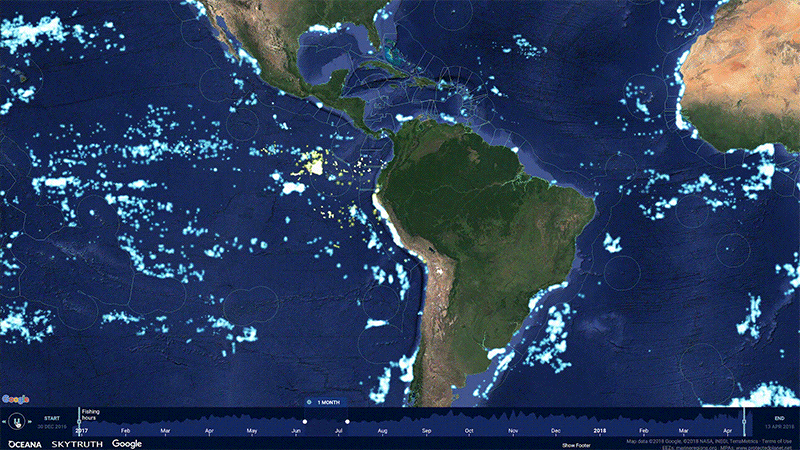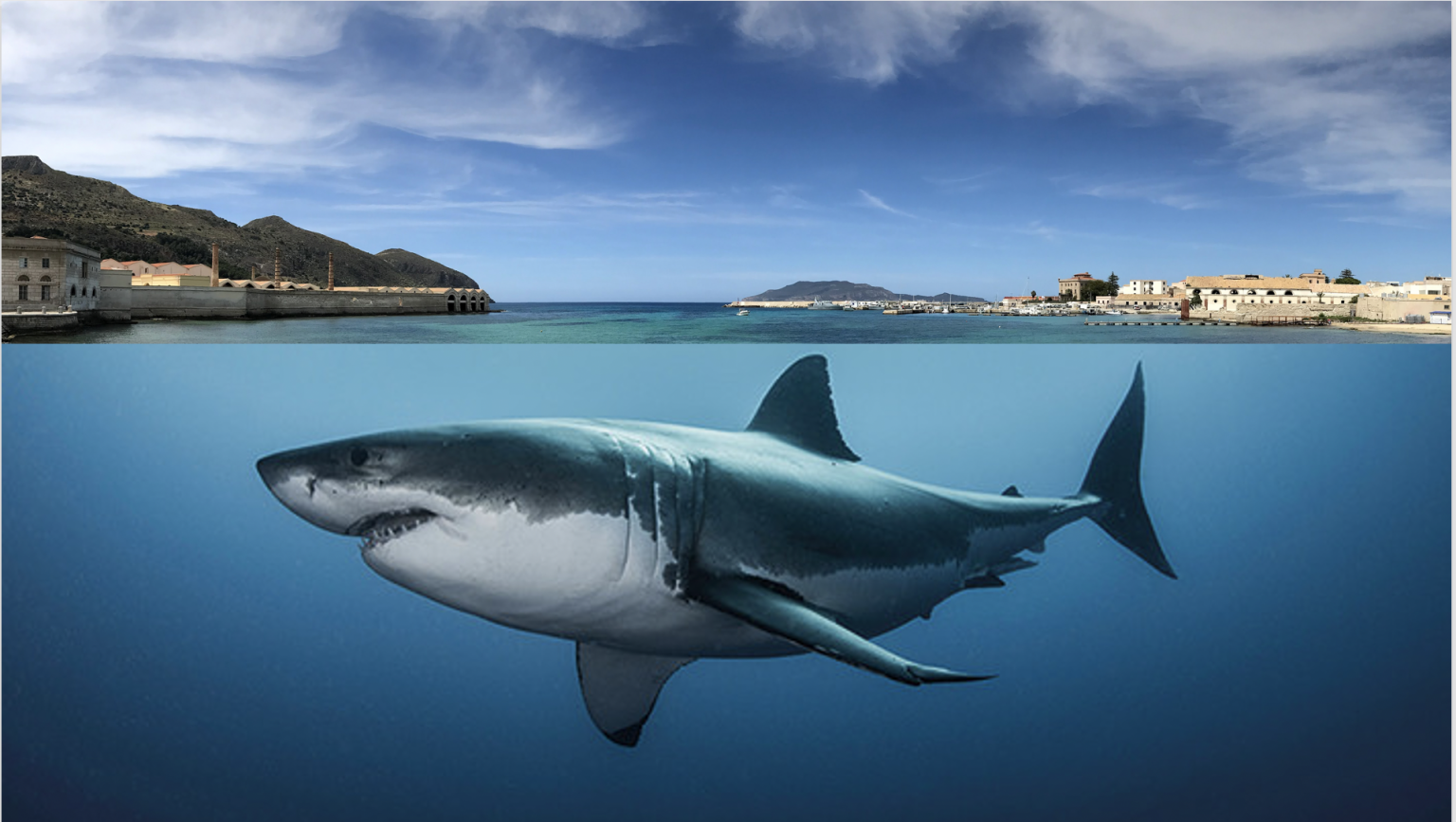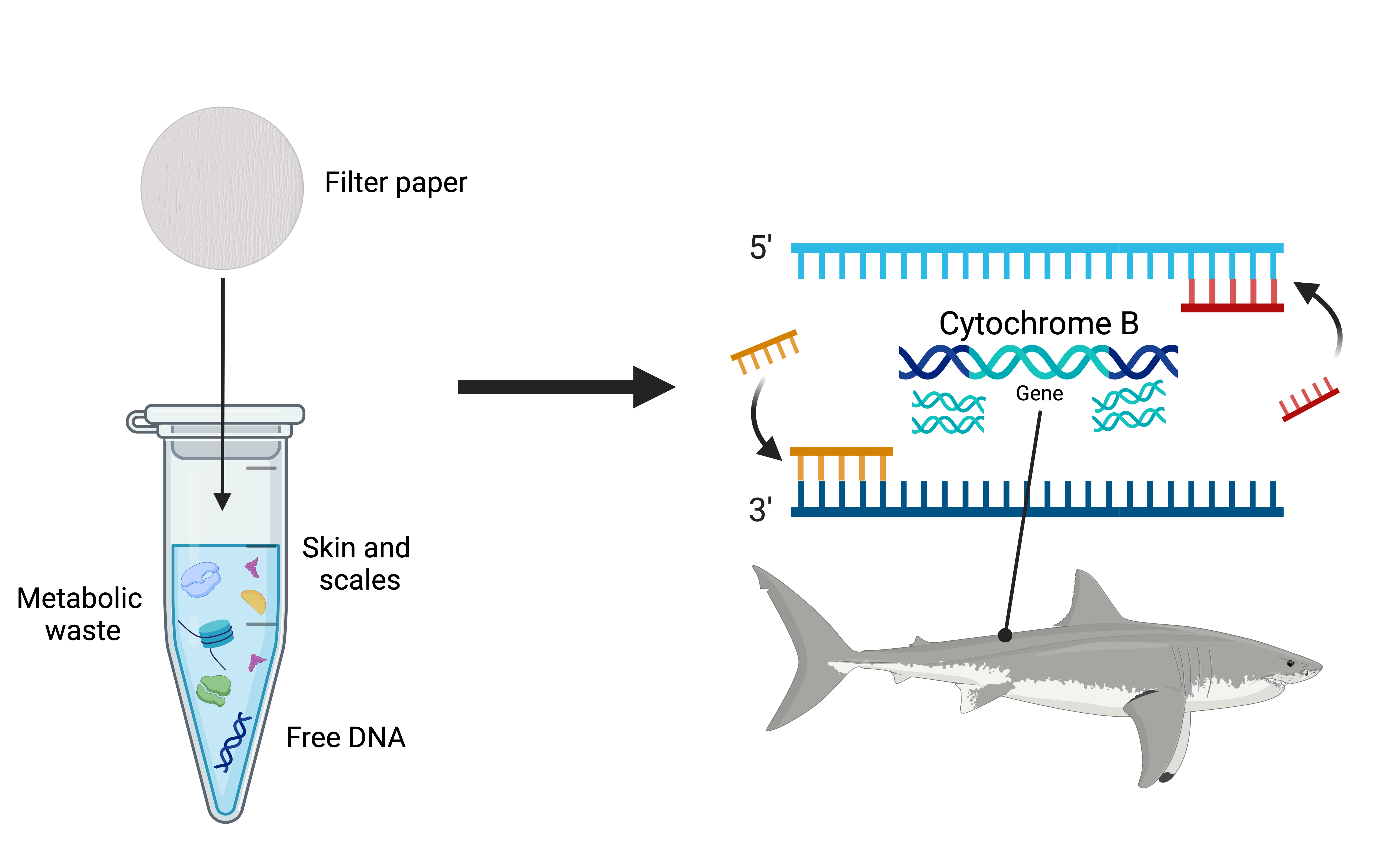
sharkPulse
sharkPulse is a crowdsourcing initiative to collect image-based sightings of sharks from all over the world.
One of the biggest hurdles of shark conservation is the lack of data on abundance and distribution of many of their species. To address this challenge, we have developed sharkPulse, a modular crowd-sourcing platform combining smartphone technology, web applications, social network/website crawling, computer vision, and machine learning for generating a large image-based sighting database for sharks. The goal is warehousing shark images available on the web and personal archives, and transform them into occurrence records. This platform aims to show how citizen science can be harnessed to produce big data, inform ecological science and promote conservation.
Illegal unreported and unregulated fishing (IUU) and resource overexploitation are among the biggest threats the ocean is facing today. Tackling these issues has been historically challenging because of inaccurate and incomplete fisheries statistics. In collaboration with the Global Fishing Watch, Google and other academic partners, We are analyzing a new global database of satellite tracking data for marine vessels to understand global patterns of high-seas fishing and how they interact with large pelagic fish and sharks. Specifically, we are combining these data with statistics of regional fisheries management organizations, reconstructed historical catch and effort data, and animal telemetry data to study drivers and dynamics of high-seas exploitation, overlaps between fish and fisheries’ domains, and cross-validate remotely sensed fishing fleet data with recorded fisheries statistics.

Toward Ocean Transparency
Understanding patterns of high-seas fishing effort across the globe and how global fishing fleets interact with large pelagic fish and sharks.
Centuries of coastal fishing, and more recently, industrial exploitation have severely impacted this population, which, in the last few decades, has declined to very low levels of abundance. They were historically abundant and widely distributed in the region, and now they are critically endangered. We don’t know how many sharks are left and still know very little about their ecology and biology to protect them. Because they are scarce and have no aggregation areas similar to other regions, studying them in the field has always been challenging. To address this challenge, we started a multi-institutional monitoring program on white sharks in the Mediterranean Sea.

Tracking the last Mediterranean White Sharks
Mediterranean white sharks are one of the most endangered and least known white shark populations globally that we would like to know better to promote effective conservation and recovery programs.

Population Genetics and eDNA
Reconstructing population landscapes of elusive species in the Mediterranean Sea with genomics and eDNA monitoring.
Detecting environmental DNA (eDNA) that has been shed by white sharks can reveal their occurrence and movement patterns. Opportunistic sightings of elusive Mediterranean white sharks are rare, so the utility of detecting eDNA and refining the detection workflow is crucial for monitoring their population. Furthermore, oceanographic simulations can provide novel insight into the trajectory of eDNA particles in the open ocean, helping to determine both the source and destination of eDNA shed by white sharks.
By assembling the genome of Mediterranean white sharks, we can fill gaps in their evolutionary history, connectivity with the Atlantic, and physiological adaptations. These findings will allow us to identify distribution patterns and recent population bottlenecks, having implications for their conservation and recovery.

Large Marine Protected Areas
Investigating on the impact of large marine protected areas on the management and conservation of sharks and other broad-ranging marine megafauna
Very large marine protected areas (LMPA > 75,000 km2) are increasingly popular to protect the last strongholds of biodiversity in the ocean and promote recovery of heavily exploited regions. Yet not all agree on their value for management and conservation. Challenges are demonstrating that positive outcomes observed in smaller coastal MPAs also occur at such large scales and that monitoring and enforcement over vast and remote oceanic regions are possible. Through the Bertarelli Programme in Marine Science, an international collaborative initiative focused on the Chagos Archipelago in the British Indian Ocean Territory, we are investigating on the structure and function of pristine coral reef ecosystems, the impact of large marine protected areas on the management and conservation of sharks and other broad-ranging marine megafauna, the fundamental spatial ecology of these animals, and the effectiveness of mega-reserves in remote oceanic regions
With an interdisciplinary team of biologists, oceanographers, naval and aerospace engineers, we are working on developing a set of innovative systems integrating new satellite tag technology, autonomous drones, machine learning, and big data, to detect illegal fishing in remote large marine reserves and the high-seas. We are developing anti-poaching satellite- and radio-tagging based technologies to aid monitoring and enforcement in remote large marine protected areas. And we are designing monitoring systems using swarms of autonomous intelligent drones to detect fishing vessels as they intrude into restricted locations.

Ocean Intelligence and Poachbusting
Designing state of the art systems and technologies to detect illegal fishing, vessel encroachment, and the status of marine reserves